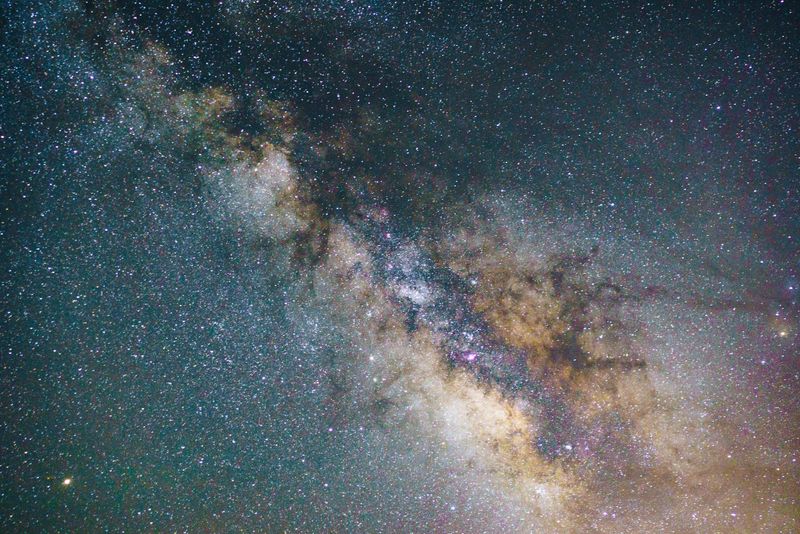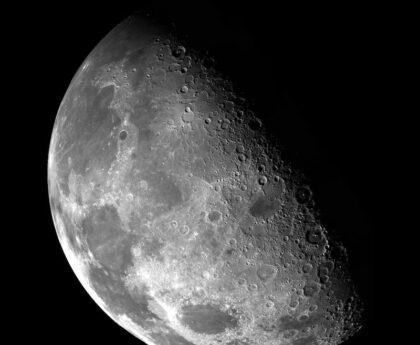Exploring the Depths of Space: The Voyager 2 Communication Halt
Introduction
Space exploration has always captured the imagination of humankind. The quest to venture beyond our planet and uncover the mysteries of the universe has pushed scientific boundaries and led to remarkable discoveries. One such landmark mission was NASA‘s Voyager 2, which embarked on its interstellar journey over four decades ago. However, recently, Voyager 2 experienced a communication halt, raising questions about the challenges of deep space exploration and the potential for interstellar travel.
The Voyager 2 Mission: A Brief Overview
In 1977, NASA launched the Voyager 2 spacecraft, along with its twin, Voyager 1, with the primary objective of studying the outer planets of our solar system. Voyager 2’s journey took it past Jupiter, Saturn, Uranus, and Neptune, providing us with unprecedented insights into these distant celestial bodies. Remarkably, both Voyager missions continue to transmit valuable data back to Earth, even after their primary mission objectives were completed.
Voyager 2’s Communication Halt
On January 28, 2020, scientists at NASA discovered that Voyager 2 had stopped transmitting data to Earth. This unusual incident raised concerns about the fate of the spacecraft and the challenges of maintaining communication over vast distances in deep space. The cause of the communication halt was traced back to a malfunction in Voyager 2’s deep space network antenna. While efforts to rectify the issue were ongoing, the mission’s ground team faced the daunting task of troubleshooting from a distance of over 11 billion miles.
Challenges of Deep Space Exploration
The communication halt experienced by Voyager 2 highlights the immense challenges associated with deep space exploration. As spacecraft venture further away from Earth, they encounter weaker signals, longer communication delays, and technical difficulties. The vastness of space presents formidable obstacles that must be overcome to ensure a successful mission.
One of the main challenges is the sheer distance involved. Interstellar travel would require spacecraft to travel thousands, if not millions, of times farther than the Voyager missions. Maintaining reliable communication becomes increasingly difficult as the signal weakens over these colossal distances. Additionally, the time delay in signal transmission can stretch to hours, days, or even longer, impeding real-time command and control of the spacecraft.
Another challenge lies in the limited power and resources available to spacecraft on prolonged missions. As Voyager 2 demonstrates, technical malfunctions can occur, and it becomes exceedingly complex to repair or upgrade systems when the spacecraft is tens of billions of miles away. Furthermore, the longevity of a mission necessitates careful management of resources, including fuel, power, and computational capabilities, as resupply or assistance from Earth is practically impossible.
The Promise of Interstellar Travel
Despite the challenges faced by Voyager 2 and other deep space missions, the dream of interstellar travel continues to captivate scientists and space enthusiasts. The prospect of sending humans or robotic probes to explore distant star systems holds tremendous scientific, philosophical, and existential implications.
Interstellar travel could unlock unprecedented knowledge about exoplanets, their composition, and the potential for extraterrestrial life. It could provide insights into the origin of the universe and our place within it. Moreover, the journey itself would push the boundaries of human exploration, furthering our quest for knowledge and expanding our understanding of the cosmos.
Editorial: The Imperative of Patience and Innovation
As we reflect on the communication halt experienced by Voyager 2, it is important to acknowledge the mission’s extraordinary achievements and the dedication of the scientists and engineers involved. The setback serves as a poignant reminder that deep space exploration is a complex and challenging endeavor.
Moving forward, it is crucial to prioritize continued investment in space exploration technology and research. Innovative solutions, such as improved communication systems, advanced propulsion techniques, and robust spacecraft designs, should be pursued to mitigate the challenges posed by deep space missions. Furthermore, international collaboration and cooperation will be essential in pooling resources, knowledge, and expertise to address the formidable obstacles ahead.
Advice for the Future of Space Exploration
As humanity looks toward the future of space exploration, several key considerations should guide our decisions. First, a patient and meticulous approach is necessary. The vastness of space demands meticulous planning, rigorous testing, and thorough preparations to increase the chances of mission success. Rushing into interstellar travel without fully understanding the challenges could result in expensive failures or, worse, unintended consequences for our own planet.
Second, a multi-faceted approach is vital. While robotically-driven missions, like Voyager 2, have yielded valuable scientific discoveries, human space exploration has its place in expanding our understanding of the cosmos. A combination of robotic and human missions would allow for the versatility needed to overcome the obstacles of interstellar travel and form a holistic understanding of the universe.
Lastly, adequate funding and sustained public interest are critical. As vibrant as the human desire to explore may be, it must be accompanied by sustained financial investment and political will. The pursuit of knowledge and the potential benefits that space exploration brings to society should motivate governments, private enterprises, and individuals to support these ambitious ventures.
Conclusion
The communication halt experienced by Voyager 2 serves as a poignant reminder of the challenges inherent in deep space exploration. Nevertheless, the mission’s remarkable achievements, along with the dream of interstellar travel, underscore the importance of patience, innovation, and sustained commitment to the frontiers of science and human curiosity. As we navigate the vast cosmic ocean, let us remember that our quest to unlock the mysteries of the universe is both a humbling and magnificent journey.

<< photo by Chuck Johnson >>
The image is for illustrative purposes only and does not depict the actual situation.




